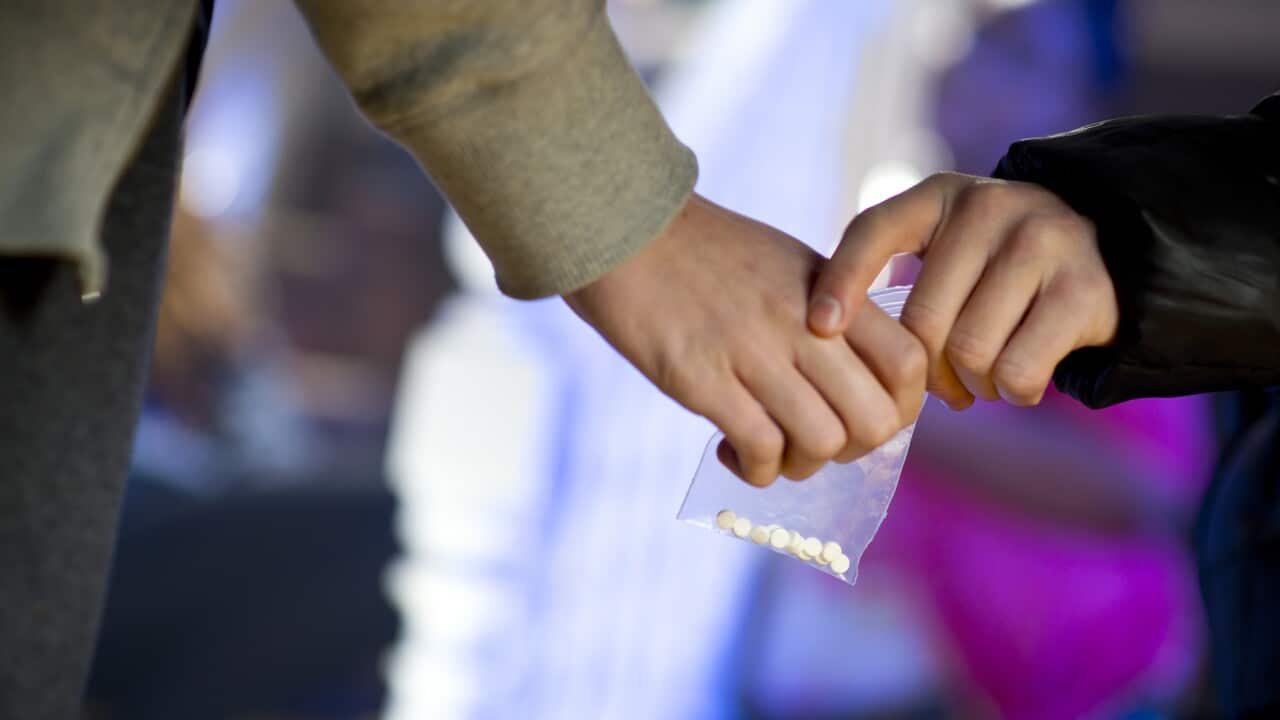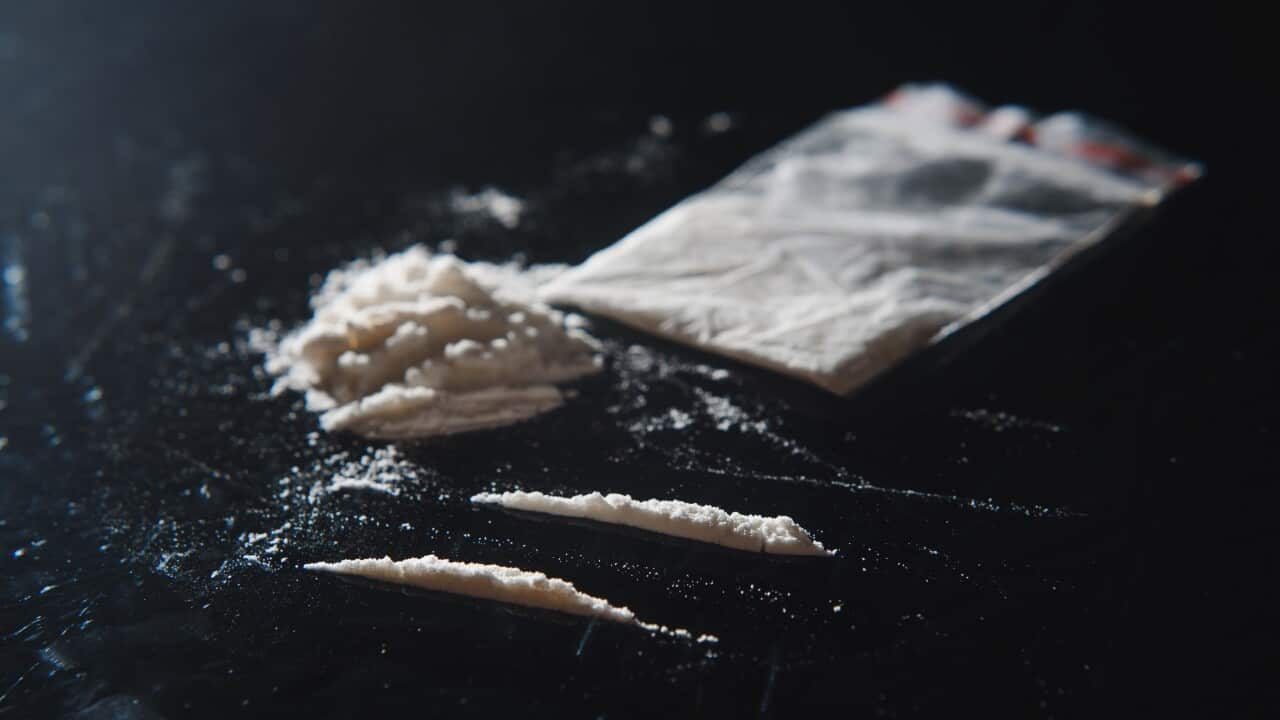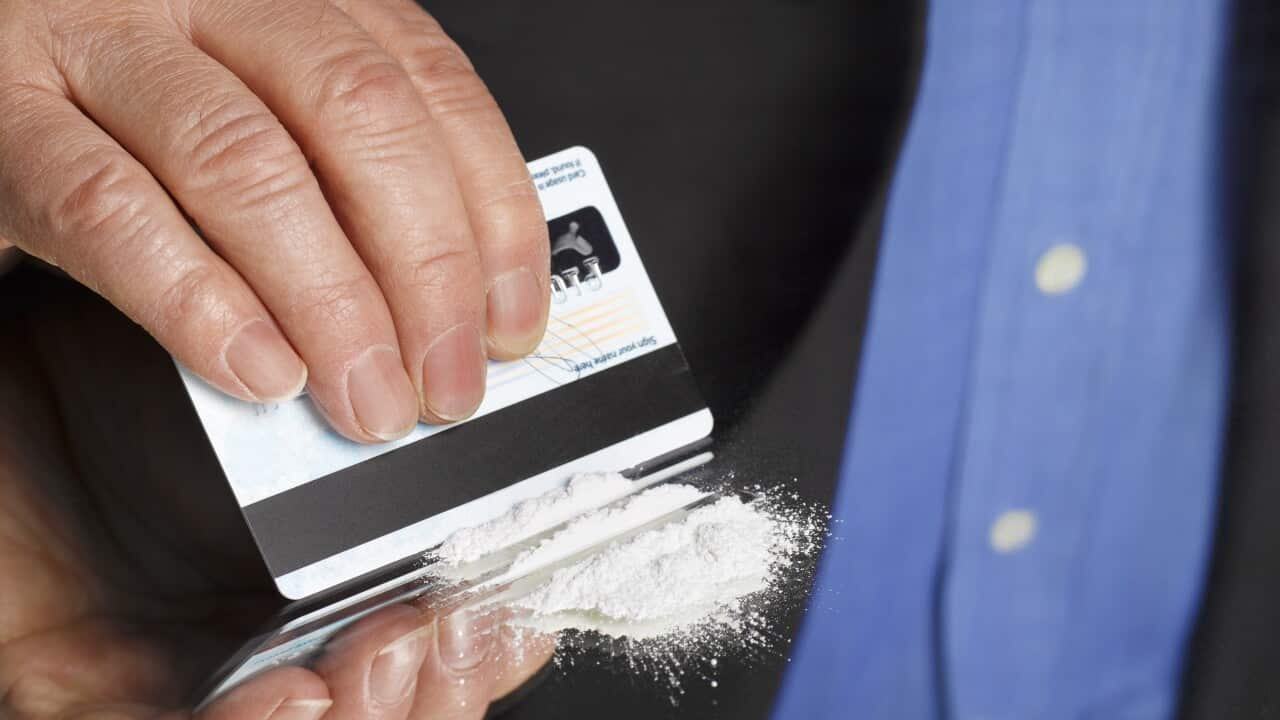Key Points
- The Australian Drug Trends 2024 report is based on input from 740 people who regularly take so-called party drugs.
- 54 per cent of respondents said they used non-prescribed pharmaceutical stimulants.
- The most commonly taken such drug is a medication used by people who have ADHD.
More people are taking attention deficit disorder medicines that have not been prescribed to them.
A monitoring system designed to identify raw trends through data in a prompt manner, showed a rise in people who regularly use ecstasy or other illicit stimulants, taking non-prescribed pharmaceutical stimulants.
The Australian Drug Trends 2024 report summarised findings from the National Ecstasy and Related Drugs Reporting System, in which 740 people who regularly take so-called party drugs were interviewed.
The use of non-prescribed pharmaceutical stimulants rose to 54 per cent among respondents in 2024, up from 47 per cent the previous year.
When monitoring began in 2007, 17 per cent of respondents said they used non-prescribed pharmaceutical stimulants.
While there was a slight drop in such use in 2023, the use of the substances has steadily increased to the point that usage has tripled within this group.
Pharmaceutical stimulants include medicines commonly prescribed to treat attention deficit hyperactivity disorder (ADHD) and narcolepsy.
According to the Australian Institute of Health and Welfare (AIHW), "People who use pharmaceutical stimulants for non‑medical purposes may have the goal of increasing alertness, concentration and memory, or of inducing a drug experience, whether or not there is evidence of these drugs being effective in doing so when not prescribed".
The number of Australians being prescribed medication for ADHD more than doubled in the five years to 2023, with more than 400,000 people now taking drugs for the common neurodevelopmental disorder as awareness rises among doctors and the public.
The authors of the Australian Drug Trends 2024 report wrote in an article for The Conversation that "as prescriptions increase, there is increased potential for these substances to be diverted to illicit drug markets".
Dexamfetamine was the most widely reported non-prescribed pharmaceutical stimulant taken by those surveyed, followed by Ritalin.
According to the report, "the price of a 5mg tablet significantly decreased in 2024, from $6 in 2023 to $5, although perceived availability remained stable".
A large majority of participants also told surveyors that they generally swallowed their drugs, but findings showed there was an increase in those who had snorted drugs.
While the findings in the report are not representative of all people who consume drugs or even of illicit drug users in the general population, the findings within the report are intended to provide "evidence indicative of trends that warrant further monitoring".
In 2022–2023, 5.5 per cent of Australians reported having used a pharmaceutical stimulant for non‑medical purposes in their lifetime, according to the AIHW, equating to about 1.2 million people in Australia.
Stimulants can increase heart rate, blood pressure and breathing rate which could lead to acute cardiac events, while long-term use can also impact heart function.



